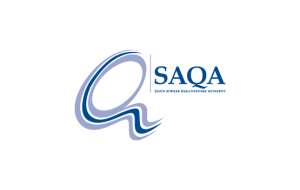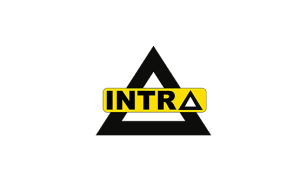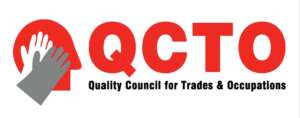GETTING STARTED
Fundamentals of ACLS
As a healthcare professional, I know that Advanced Cardiovascular Life Support (ACLS) is a critical set of protocols and interventions designed to manage cardiovascular emergencies. In this section, I will provide an overview of the fundamentals of ACLS, including the Basic Life Support Sequence, ACLS Algorithms, and ACLS Pharmacology.








